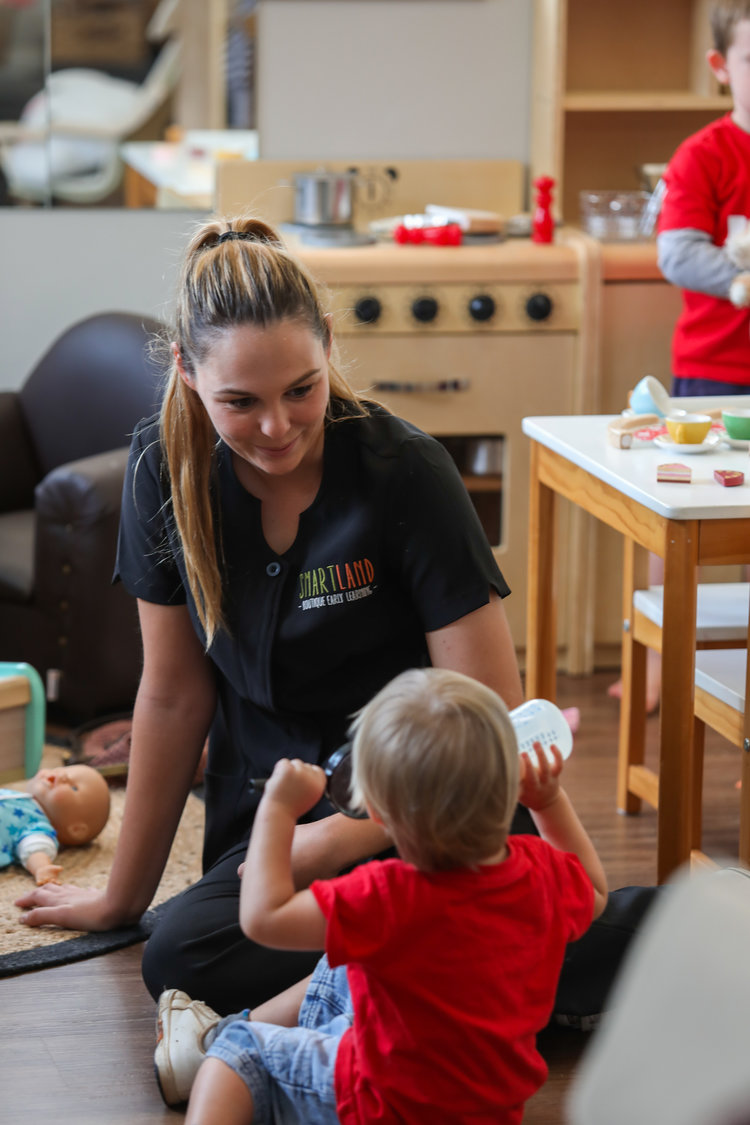I want to talk about unnecessary commands. The other day I was at splash park, you know one of those places where the water is coming out of the sidewalk. And there was a little girl there and she was a little timid. She was kind of next to it and you know, this is suppose to be fun but she didn’t want to get in the water. Her mother was next to her and what her mother said to her in a very sing-song voice was “Go in it. Don’t be afraid”
Now you know really what she was saying was that looks like it would be fun, trying to urge her in, but she was phrasing her sentences as commands and it is entirely unnecessary. There has been a lot of research on this and the estimate is that something in the neighbourhood of eighty percent of the sentences adults say to children are commands. Now think about how that is. I mean it is, “Come here.” “Eat that.” “Sit down.” “Bring that to me.”
You know, sometimes we will say, “Stop doing that please.” You know we add the “please” there as if that softens it. But really, it is still a command; it is still giving children no choice. When we command somebody to do something we really don’t give a chance for someone to think, we give them a chance to either obey or disobey and they only have two choices.
I mean, you have probably said this before, I know I have said it before. We will say well you know “Sally, she doesn’t listen to me.” I think that she is listening to you, she is just not making the choice you want her to make because you are only giving her two choices and there is no room for her to think.
I would like you to try a mental experiment. Imagine you are at home alone, you are reading a book, you are watching television, you are eating some cookies, you have got crumbs on you, there are crumbs on the floor, you have made a mess. It doesn’t matter though, you are home alone, you will take care of it later, you are just relaxing.
And then your spouse comes home or your roommate or wherever you live with comes home and says, “Vacuum the rug.” What are the odds you are going to vacuum the rug now? You might have already been thinking, “Yeah, I need to clean this up, I need to vacuum the rug.” And in that moment though, the moment they say that, you are more likely to say, “No, you vacuum the rug!” Nobody likes to be told what to do; the human animal is designed to resist being told what to do. It is a miracle children ever do anything we want them to do at all, given how many times they’re commanded during the day.
And I think this is true not just for humans, this is actually true in the animal kingdom as well. I mean I think about, I have a dog; my dog she wants to be right beside me. When I go to the kitchen she wants to be right there beside me, I go to the living room she is right beside the chair, when I get in bed she literally wants to be inside of me in the bed. But when I take her outside and I make the mistake of putting the leash on her and pulling in one direction, she always pulls in opposite direction.
Imagine a newborn baby, you are holding a newborn baby, they are moving their arms and legs around. But if you push against their arm or leg they always resist. We are born to resist being told what to do and that’s why in that moment when your spouse says “Vacuum the rug”, your initial response is you know, “Screw you, I am not going to do that.” Because no one likes to be told what to do, yet this is how we communicate with children day in and day out
So, now I would like you to try that mental experiment again. So you are at home, you are alone, you have got the crumbs on you, the crumbs are on the floor. And for a second set aside what you know about passive aggressive, because that is not part of a child’s perspective. And this time when your spouse comes home, instead of saying, “Vacuum the rug”, he just says, “There are crumbs on the floor”, a statement of fact. And that is where the real power lies.


